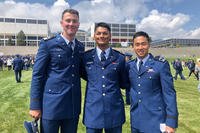BY LOGAN NYE — WEARETHEMIGHTY.COM
Basic training sucks, but it follows a predictable pattern. A bunch of kids show up, someone shaves their heads, and they learn to shoot rifles.
But it turns out that training can be so, so much better than that. In World War I, it included mascots, tarantulas, and snowmen. Check out these 18 photos to learn about what it was like to prepare for war 100 years ago:
1. If the old photos in the National Archives are any indication, almost no one made it to a training camp without a train ride.
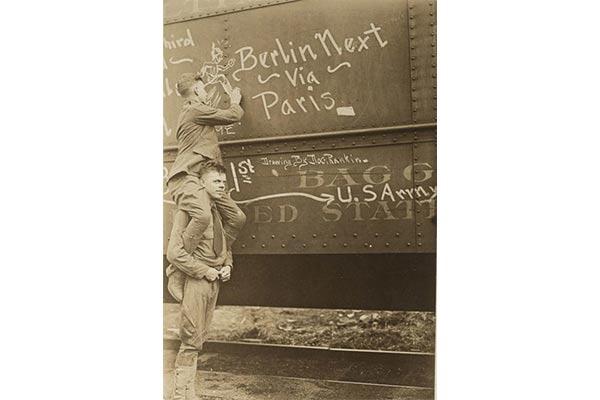
2. Inprocessing and uniform issue would look about the same as in the modern military. Everyone learns to wear the uniform properly and how to shave well enough to satisfy the cadre.
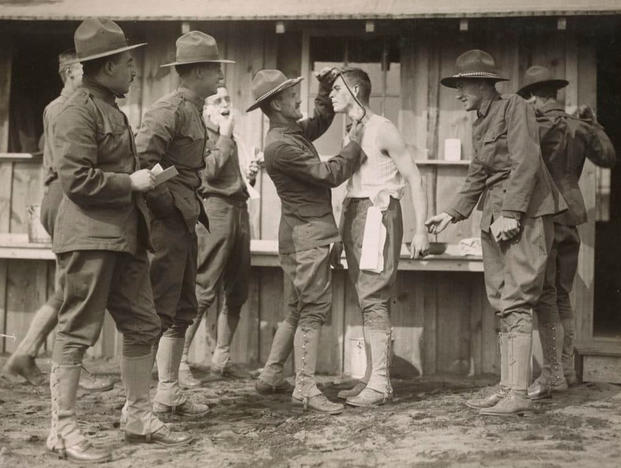
3. Training camps were often tent cities or rushed construction, so pests and sanitation problems were constant.
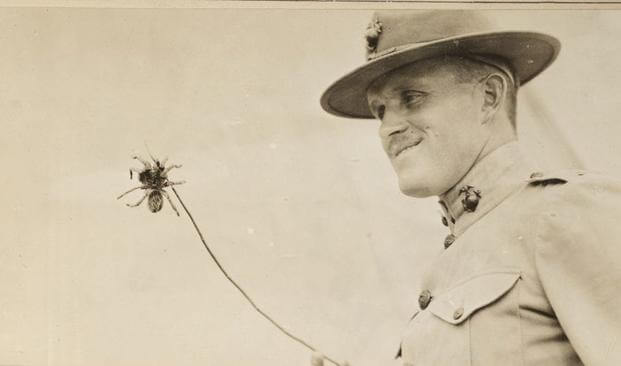
4. Unsurprisingly, training camps included a lot of trench warfare. America was a late entrant to the war and knew the kind of combat it would face.

5. Somehow, even training units had mascots in the Great War. This small monkey was commonly fed from a bottle.
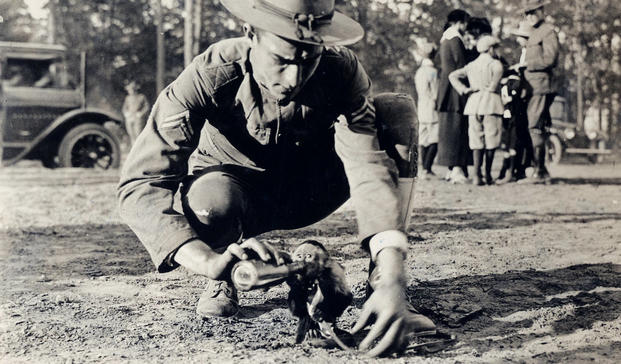
6. Seriously. Unit mascots were everywhere. One training company even boasted three mascots including a bear and a monkey.
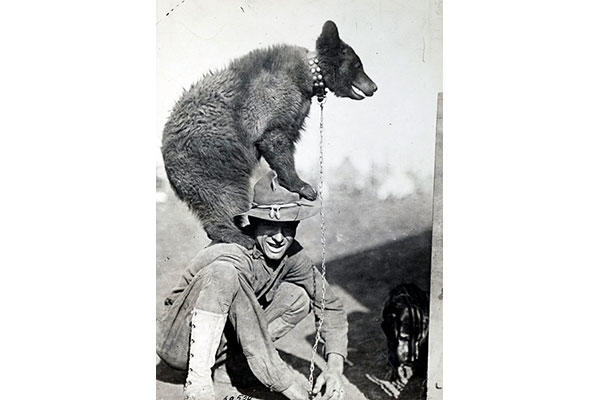
7. Troops in camp built a snowman of the German kaiser in New York.
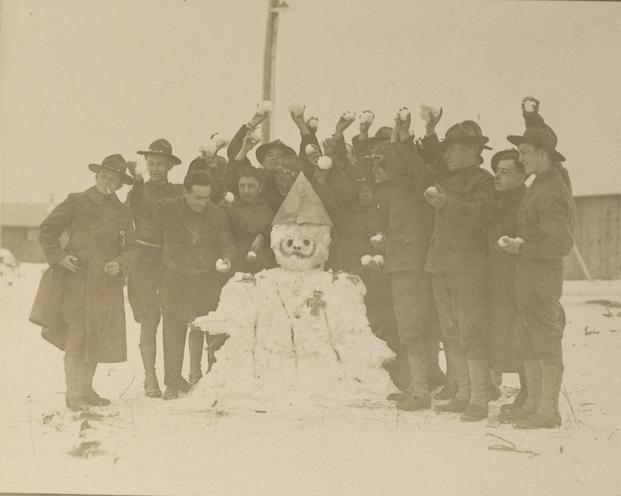
8. A lot of things were named for the enemy in the camps, including these bayonet targets.
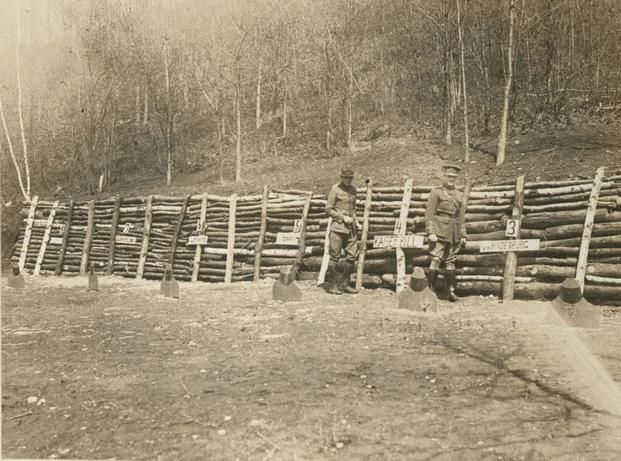
9. This grave is for another dummy named kaiser. He was interred after the unit dug trenches in training.
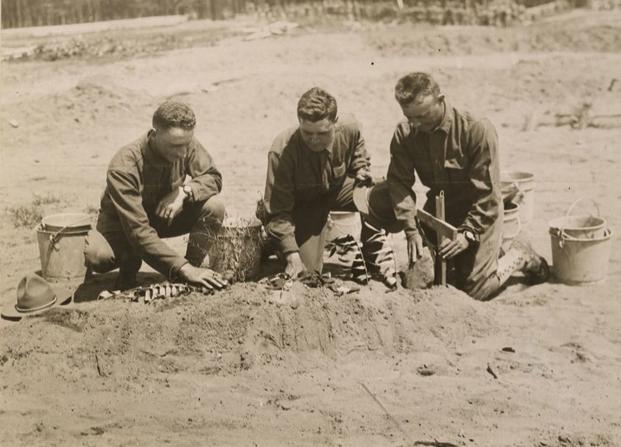
10. Bayonet training was important for men headed into the trenches. These Marine bayonet instructors adopted the motto, “If you don’t know, you get killed.”
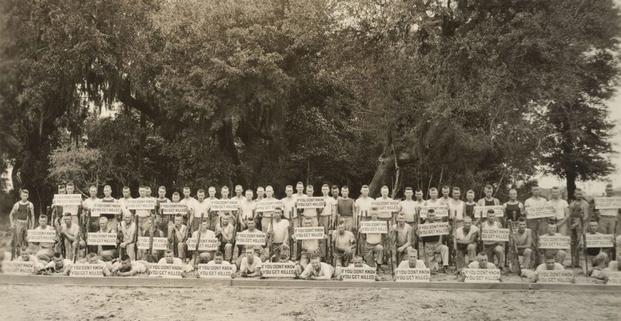
11. World War I saw a deluge of new technologies that affected warfare. These shavers were preparing for a class in aerial photography.
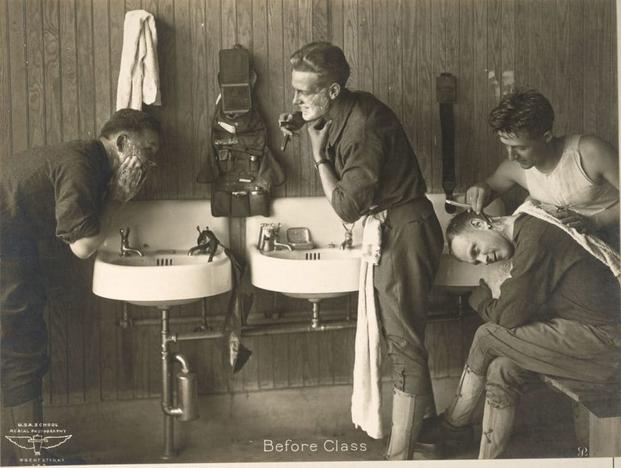
12. Uniform maintenance was often up to the individual soldier, so learning to mend shirts was as important as learning to shoot photos from planes.
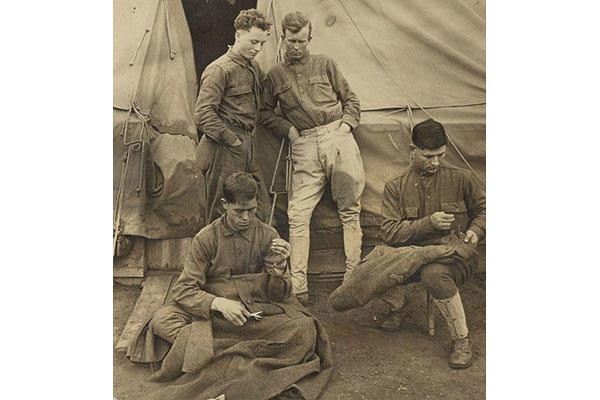
13. Local organizations showed their support for the troops through donations and morale events.
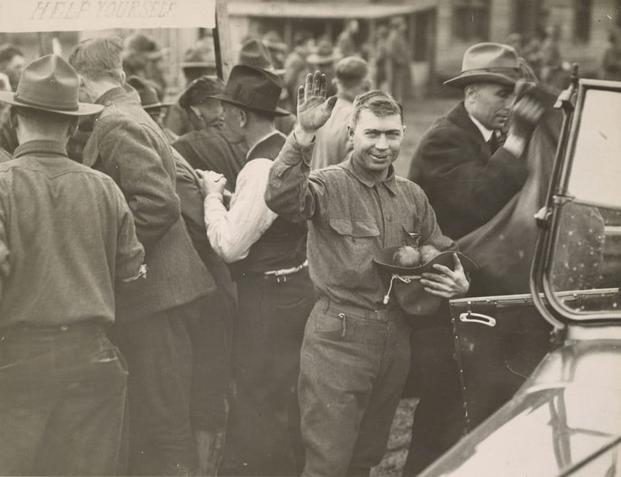
14. Some were better than others. Free apples are fine, but free tobacco is divine.
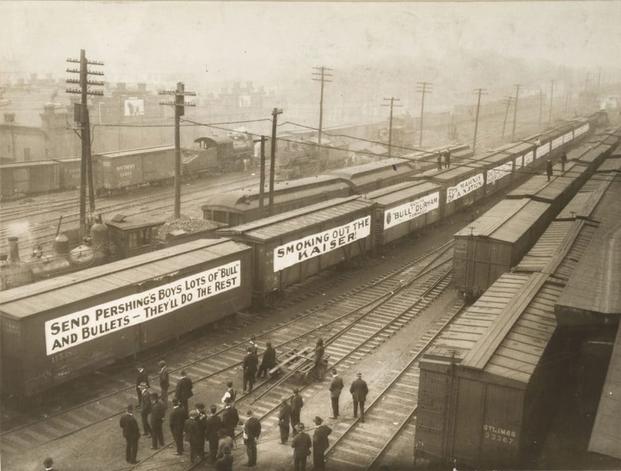
15. Nothing is better than payday, even if the pay is a couple of dollars.
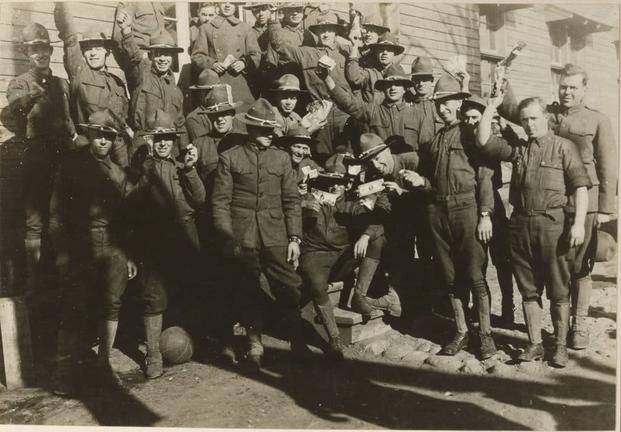
16. Someone get these men some smart phones or something. Three-person newspaper reading is not suitable entertainment for our troops.
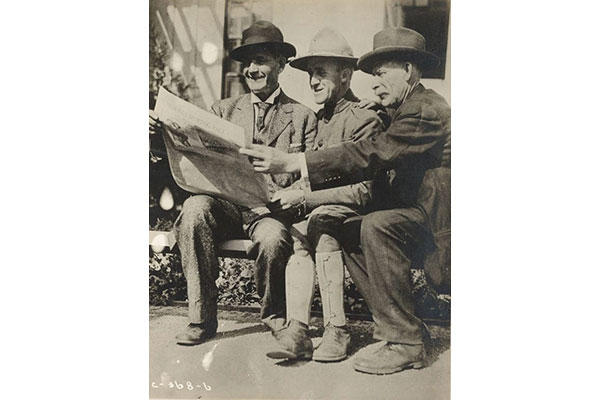
17. Once the troops were properly trained, they were shipped off to England and France. Their bags, on the other hand, were shipped home.
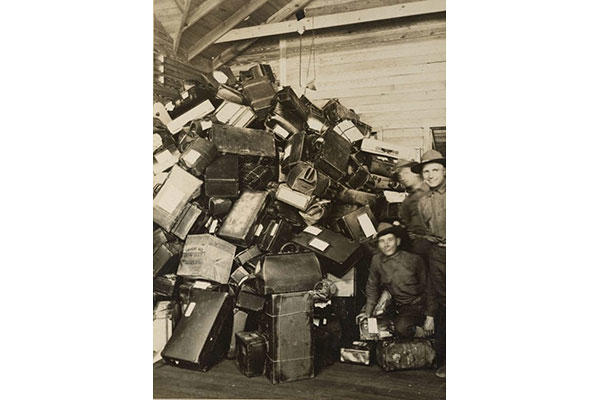
18. Again, trains everywhere back then. Everywhere.
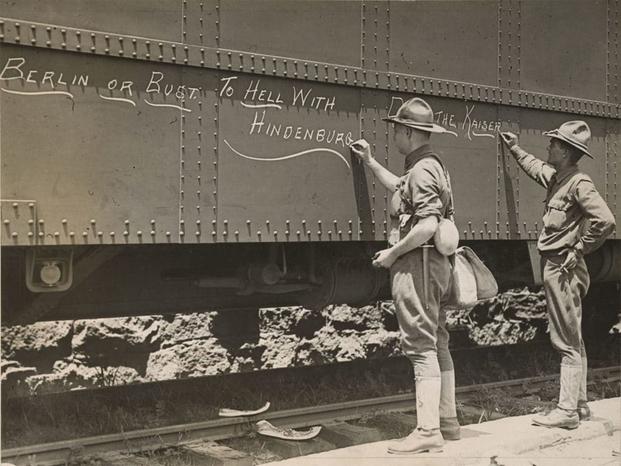
Logan Nye - Staff Writer at We Are The Mighty
Logan is a former Fort Bragg paratrooper who deployed with the 82nd Airborne Division’s 4th Brigade Combat Team.
MORE POSTS FROM WE ARE THE MIGHTY:
21 Photos That Show What It's Like When Soldiers Assault A Taliban Stronghold
11 Things new soldiers complain about during basic training
What would happen if modern Marines conducted the Iwo Jima landings
We Are The Mighty (WATM) celebrates service with stories that inspire. WATM is made in Hollywood by veterans. It's military life presented like never before. Check it out at We Are the Mighty.





